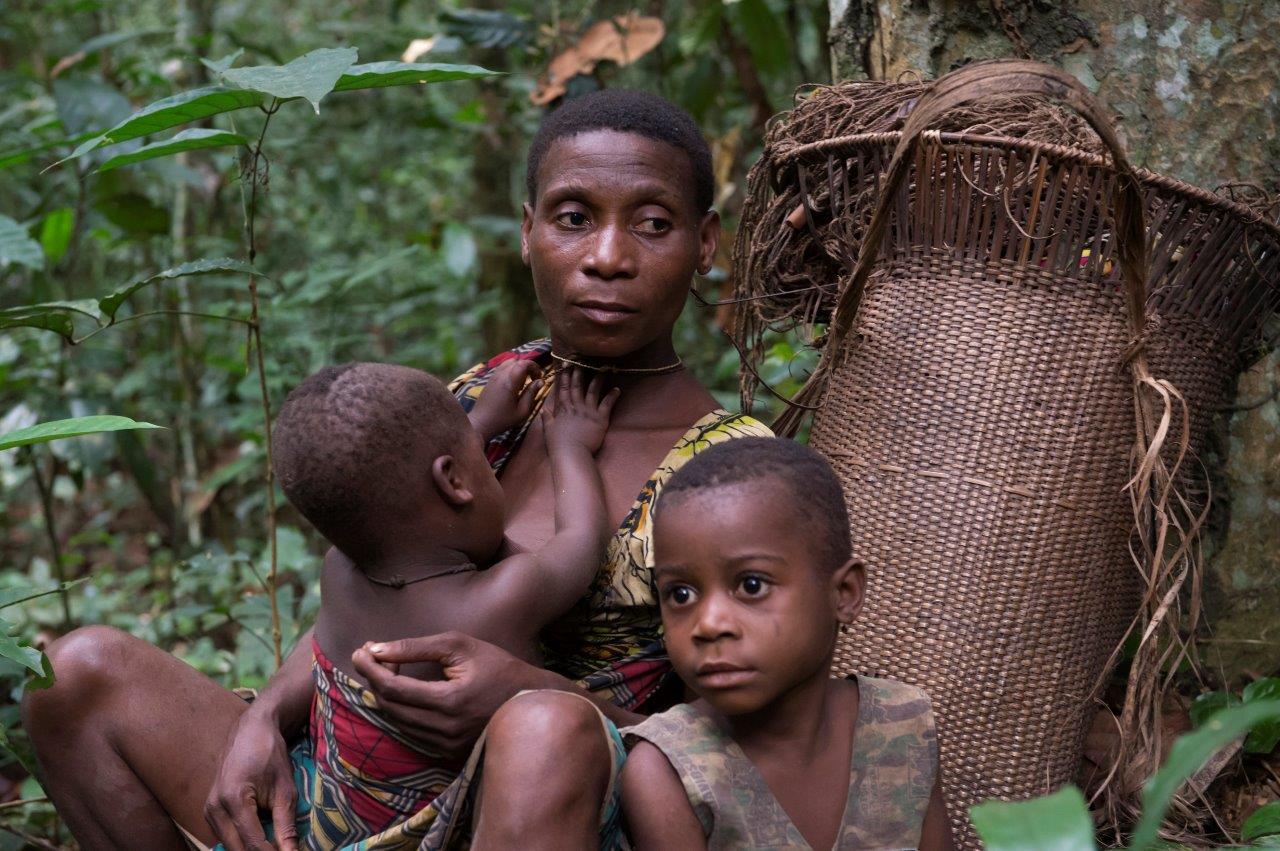
Image copyright Miguel Bellosta
Project: to provide tracking collars for Critically Endangered forest elephants
2022 Project Partner: The Dzanga-Sangha Protected Area (DSPA)
The long-term goal for DSPA is to protect biodiversity and ecological processes, and to promote sustainable management of natural resources. The World Wildlife Fund along with other partners support the work of DSPA.
Find out more about DSPA.
The Congo Basin is teeming with life. This vast wilderness area stretches across six countries and is home to indigenous peoples who have lived for 50,000 years in harmony with the forest. But human activity is changing the landscape and creating challenges for the survival of both people and wildlife.
About Dzanga Sangha Protected Area (DSPA)
The Sangha Tri-National complex (TNS) became a World Heritage Site in July 2012, comprising Lobeke National Park (Cameroon), Nouabale Ndoki National Park (Republic of Congo) and the Dzanga Sangha Protected Area (Central African Republic).
The Dzanga Sangha Protected Area (DSPA) is the largest intact forest block remaining in the Central African Republic (CAR). It sits in the extreme southwest of the country, along the northern edge of the Congo Basin and is split into a Forest Special Reserve and the Dzanga-Ndoki National Park.
The World Wildlife Fund (WWF), and other partners, have supported the government in CAR to manage Dzanga Sangha for 30 years now. The aim is to conserve its exceptional biodiversity and to promote the sustainable management of natural resources for the well-being of the local communities.
Dzanga Sangha is globally recognized as a major rainforest stronghold that is home to significant populations of threatened and unique species. Forest elephants, great apes (lowland gorillas and chimpanzees), bongo, buffalo, sitatunga, giant forest hogs as well as a large variety of monkeys and duikers are all found here.
Dzanga Bai – ‘village of the elephants’
The forest complex contains numerous and diverse habitats, including many types of important forest clearings, called ‘bais’, with mineral-rich soils and herbaceous species that regularly attract and support different wildlife species.
Dzanga Bai is legendary for its aggregation of forest elephants – a wildlife spectacle which has featured in numerous documentaries and publications including those for the BBC and NatGeo. Over one hundred elephants can gather at any single time to feed on the mineral-rich springs.
Together with the presence of lowland gorillas, Dzanga Sangha has great potential as a wildlife ecotourism destination. Tourism has the potential to be a major driver of economic growth in this part of the country. It brings in much needed funding for the park and surrounding communities, generating employment and education opportunities, and transforming the infrastructure. Community tourism generates about $55,000 annually to directly improve the livelihoods of the Indigenous Peoples and Local Communities (IPLCs).
Indigenous Peoples
This area is home to both forest and river people who have lived here for centuries. They possess incredible knoweldge about the forest and preserving their traditional lifestyle is of paramount importance.
The semi-nomadic Ba’Aka are hunter-gatherers and are believed to be the oldest inhabitants of the area. The people rely on the forest for their livelihoods, cultural expression and spiritual activity. Their activities have never posed a threat to the balance of the ecosystem, however some of their traditional way of life is sadly being eroded due to pressures from the outside world. The Ba’Aka make up around a third of the population within the protected area. They have been exploited by other communities in the past, leading to tension.
The Sangha-Sangha are Bantu people living along the river’s edge. They are fishermen working with dugout canoes and cast nets.
Forest Elephants – threats
Forest elephants are smaller than savannah elephants and have only recently been classified as a distinct species with their oval ears, straighter tusks and a different shaped skull and skeleton. Numbers are tricky to ascertain as they tend to stay hidden in thick forests in remote areas of central and west Africa- they have been listed as Critically Endangered since November 2020 by the IUCN.
Threats include the Illegal Wildlife Trade – both poaching for ivory and bush meat, along with habitat loss and human/wildlife conflict. The Congo Basin is rich in natural resources and large swathes have been deforested and degraded due to mining (copper, gold, diamonds, cobalt, uranium, and coltan), logging and agriculture. As people come in search of economic opportunities, and the population has grown, this has placed additional pressure on the ecosystem.
A census across several Central African countries showed that forest elephants have decreased by two thirds within only eight years (2008 – 2016). Studies show that they are particularly sensitive to the presence of humans and roads.
Learning more about forest elephant movements is really important if we are to safeguard them, and manage their forest habitat.
Thanks to concerted conservation efforts including anti-poaching measures, the elephant population in DSPA is currently stable. Two years of monitoring collared elephants has helped scientists to develop their understanding of this elusive species. Data has shown interesting insights – for example, elephants avoided moving north and west but preferred to stay in the protected areas.
With the battery life of an elephant collar being 3 to 4 years, continuous collaring efforts are needed to better understand the life of forest elephants and to find the best way to protect them.
The aim is to collar an additional 10 elephants in DSPA in the next year.
£10,000 would support three collars and 24 months of monitoring. If we can exceed our fundraising target, additional funds could support further elephant collars.
Images courtesy of Nuria Ortega and Miguel Bellosta / DSPA / WWF

Image copyright Nuria Ortega

Image copyright Miguel Bellosta

Image copyright Nuria Ortega

Image copyright WWF

Image copyright Nuria Ortega

Image copyright WWF

Image copyright WWF
All funds raised during 2022 will contribute to the 2022 Project Fund so please do sign up for a sponsored challenge, support our creative initiatives, or make a donation if you are able to. Every Pound makes a difference. Thank you.

Image copyright Miguel Bellosta

Image copyright WWF

Image copyright Miguel Bellosta


